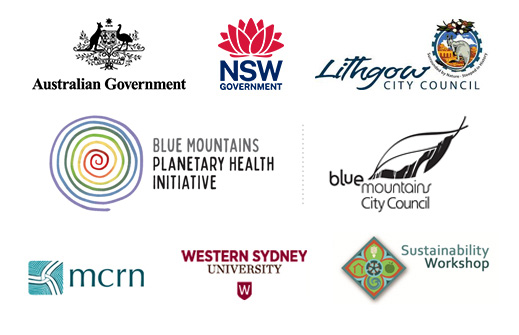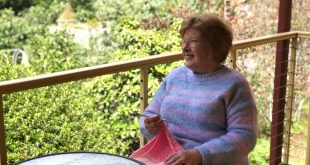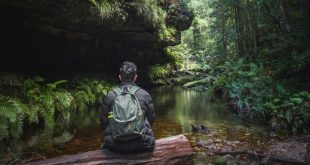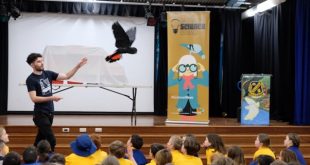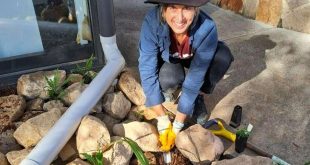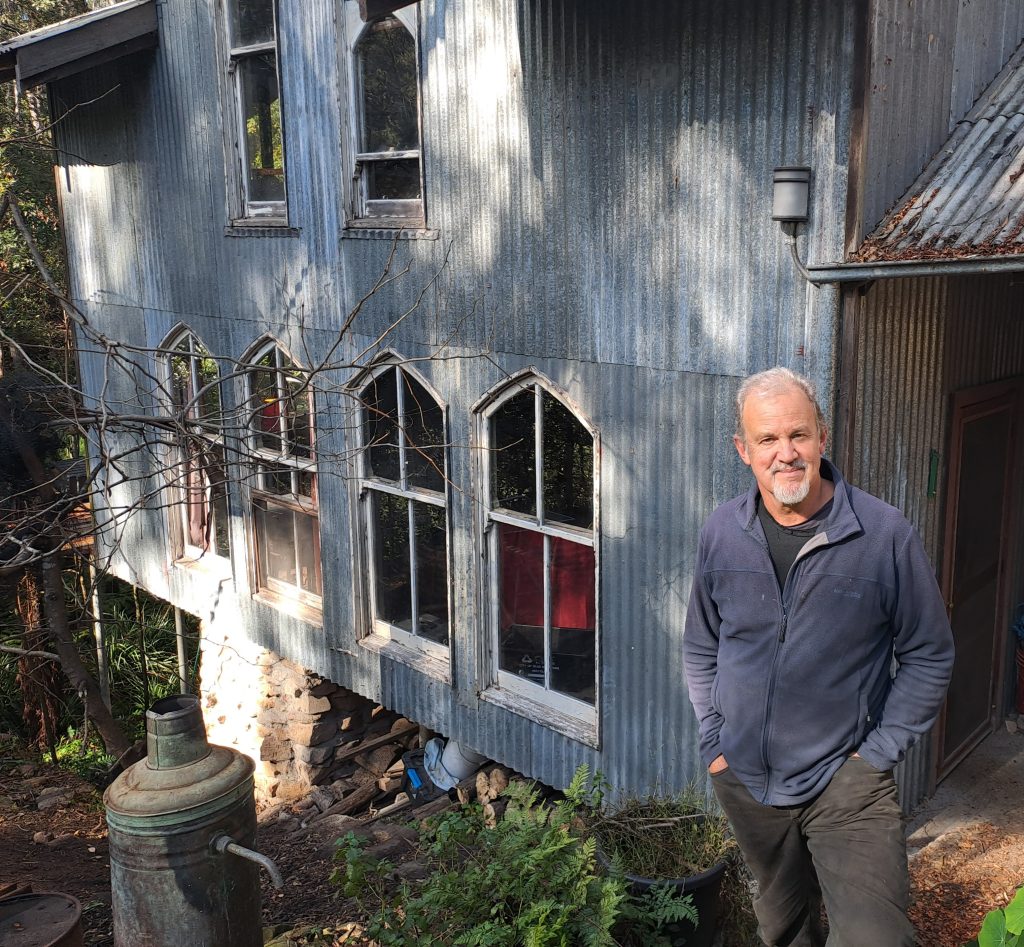
Jonathan Drew outside his studio in Glenbrook
Nurtured by the bushland around his studio and the storytelling of past cultures, Jonathan Drew recovered from depression and became an oral storyteller. He believes these stories provide clues to living a good life in harmony with the natural world.
Story and photos by Julie Nance
There was a time when Jonathan was in crisis. His marriage had ended, he had chronic depression and he felt lost.
He returned to the stories he heard as a child and began softly speaking them to himself to provide comfort and support. With what Jonathan calls “a new ear,” slowly things began to change.
“It was like I was lifted up out of my own personal soap opera and had a sense of being carried by a greater story,” says Jonathan, 63.
“I thought if these stories had been helpful to me, maybe they could be helpful to others.”
Jonathan sensed his life in Glenbrook was moving away from regular work as a plumber into the creative sphere as an oral storyteller.
Central to his healing has been connecting with community and the environment.
Fifteen years ago, he started a bush regeneration group with the support of a Blue Mountains City Council Bush Care Officer. He joins neighbours once a month managing weeds along Zora Creek that runs behind his studio.
“It’s great because it keeps you in touch with your neighbours and the bush regen group has a social as well as environmental value,” Jonathan says.
“The weeds are a constant job, they keep coming back of course. So instead of taking them off site, they’re dealt with here.”
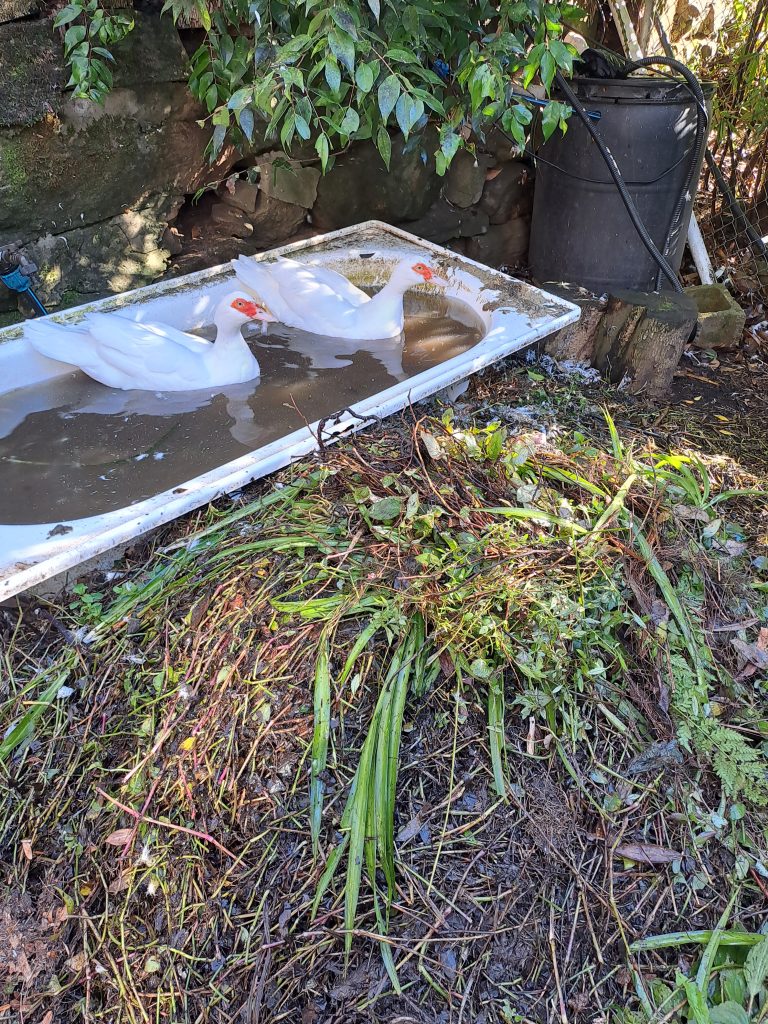
“The weeds the bush care group and I pull out go into that pile and what the ducks don’t eat they stomp on and that goes down to compost, which then goes on the garden. It’s a little permaculture kind of thing.”
A love of storytelling and music
The greatest ‘shift’ for Jonathan in his journey out of depression has been sharing his love of storytelling and music with others.
“As important as it is to live in a way that is gentle on the earth, my real focus is towards what can’t be seen and the inner life – what’s gone missing in our culture that we are hardly aware of,” he says.
“Using stories to meet that need is what really drives me. Stories can open up something within people and give them a window into meaning and connection.”
Jonathan performs weekly in a volunteer capacity at Sydney’s St Vincent’s Hospital, supporting people living with mental health challenges and recovering from addiction. He also performs to secondary students and at community events.
“I have a particular interest in myth, and bible stories are included in that,” Jonathan says.
“In our western tradition we have Greek myth, Bible and Celtic stories, fairy tales and we have Arthurian legend. Indigenous myths also have much to teach us. These stories, if imagined deeply enough, can provide clues to live a good life in harmony with the world.”
Feedback from his audiences reveal the impact of Jonathan’s stories:
“I have been suffering very deep depression and anxiety combined with addiction, feeling totally lost in my life. Today I was blessed with one of the most precious gifts in my lifetime… Jonathan taught me the meaning of the transcendent and suddenly I realised through the meaning of the story of Joseph that the trauma of the past can forge qualities in us that otherwise would have never occurred. My eyes were opened to new possibilities and a new me.”
Another comment: “I was amazed at the delightful music. What spoke to me was the beautiful notion of taking off our armour with each other.”
To see Jonathan perform, view his video: A story for our times. Demeter and Erysichthon (Jonathan Drew):
Living a good life in harmony with the natural world
Within his studio and its surrounds, Jonathan has created a sustainable haven that fosters creativity.
His children and teenage grandchildren enjoy visiting, as do neighbours and other friends.
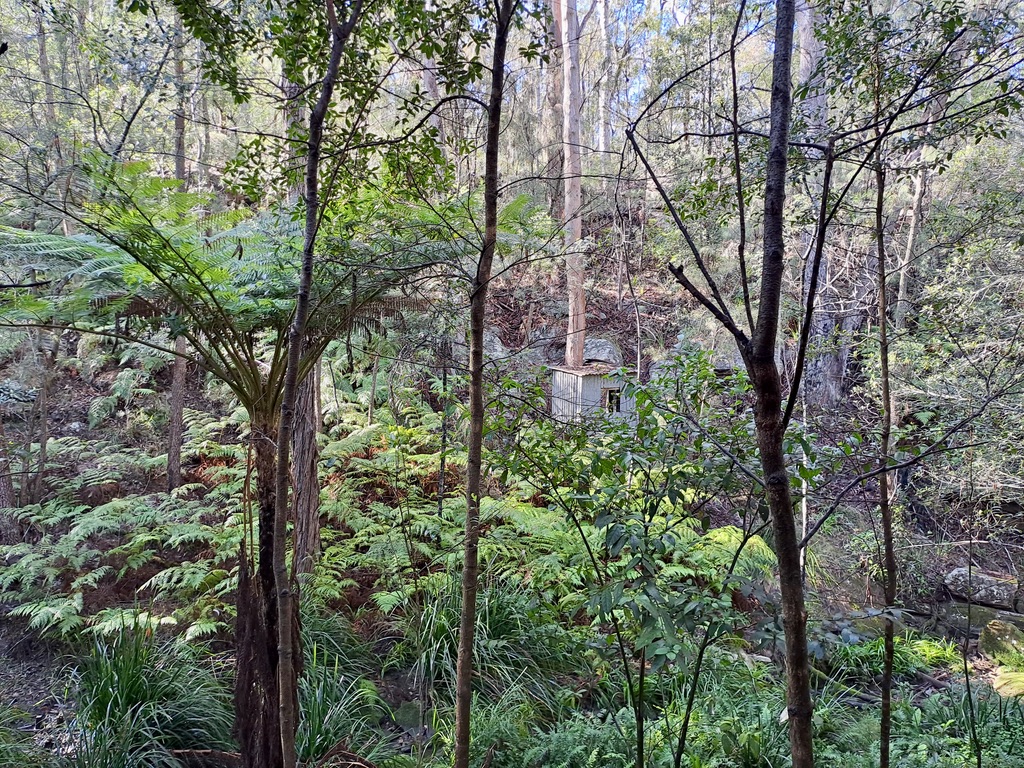
“The cubby house you can see in the bush, I built that for my granddaughter. She said ‘Pa, build me a cubby house, I’ve already got the letterbox for it’.”
Jonathan says he feels connected to the bushland.
“Often when I’m practising storytelling I walk out there along the tracks or creek and talk the story to myself as a way of practice,” he says.
“I have a system in place to recycle the water so I’m not putting a strain on the block or the creek. That’s important to me. I don’t let pollution go into the creek.”
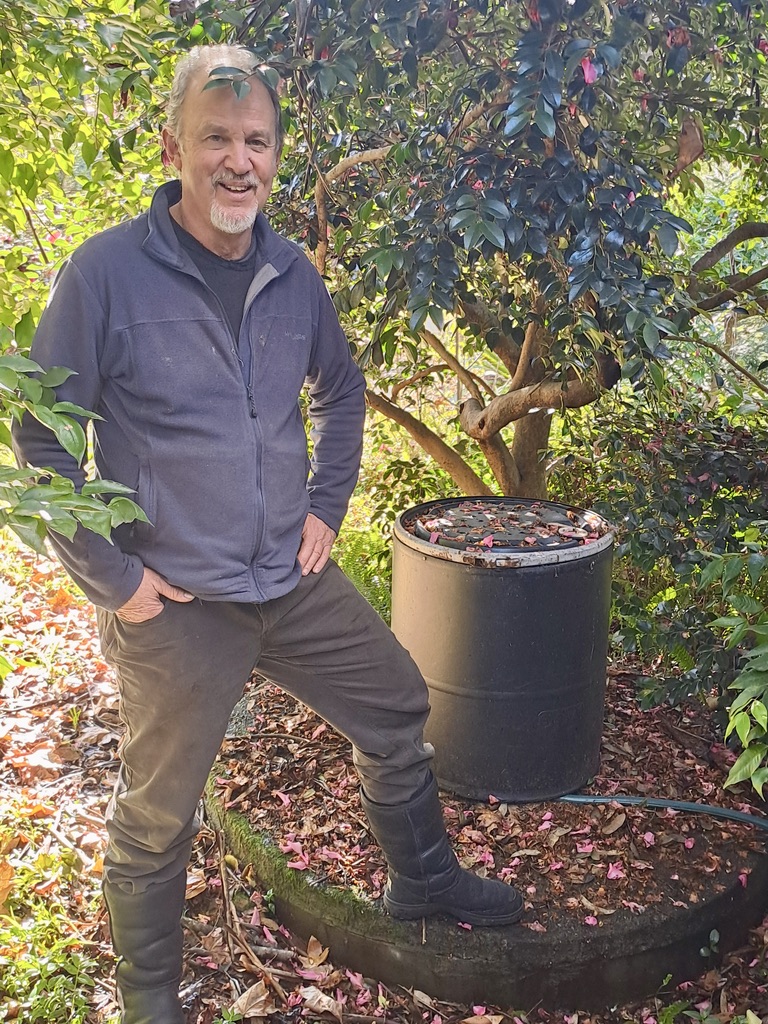
Primary worm farm.
Worm waste management system
“Most people around here either have septic or chemical systems. I had septic but one weekend my son and I emptied it and converted it into a wet worm farm – a worm-based disposal system. The water and waste material goes to the top of the pile, the water filters through and then the worms go to work and consume the solid waste which adds to the compost pile. In a simple and efficient way, the water drains off the bottom and is pumped to wherever it’s needed.”
“It’s so much better than a septic or chemical system. There’s no smell coming out of it.
I’ve used recycled materials for the system, and it was very simple to construct. I put milk crates in the bottom, two layers of perforated solid plastic, a layer of medium-sized round stones and then a compost pile out of the compost heap. I then put plugs of worms into the compost pile and a dinner plate on top where the wastewater was landing to help disperse the water, as the system was getting used to the new load. It’s been working successfully since we converted it in 2009, with minimal maintenance.
The worm farm filters the water so I can pump it to wherever I want. It can go to the garden, the shrubs, aid in the growing of vegetables or it can go to sub-surface drainage.
I also have a secondary system which is unusual. If I wanted to, I could give the water that comes out of the worm farm secondary treatment. It’s a biological filter and that takes it almost to the level of drinking standard. The water could be reused for washing. I did this in the early days but then I felt like the water was better used on the garden.”
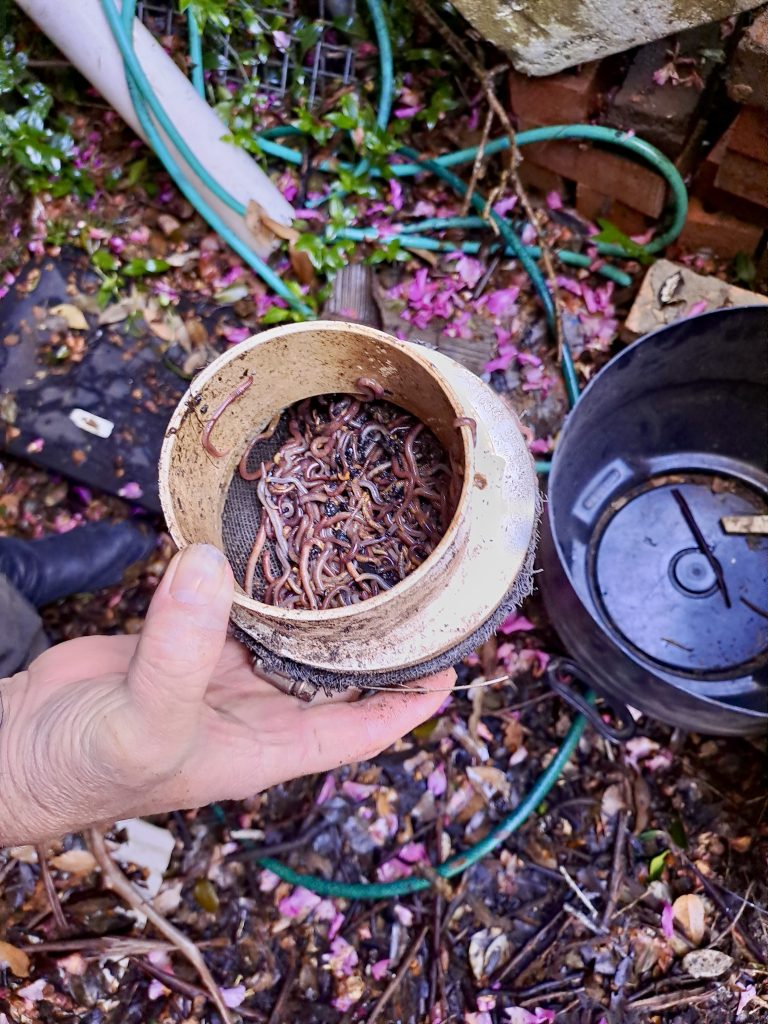
The excess worms that have come through the system.
Mini wet worm system
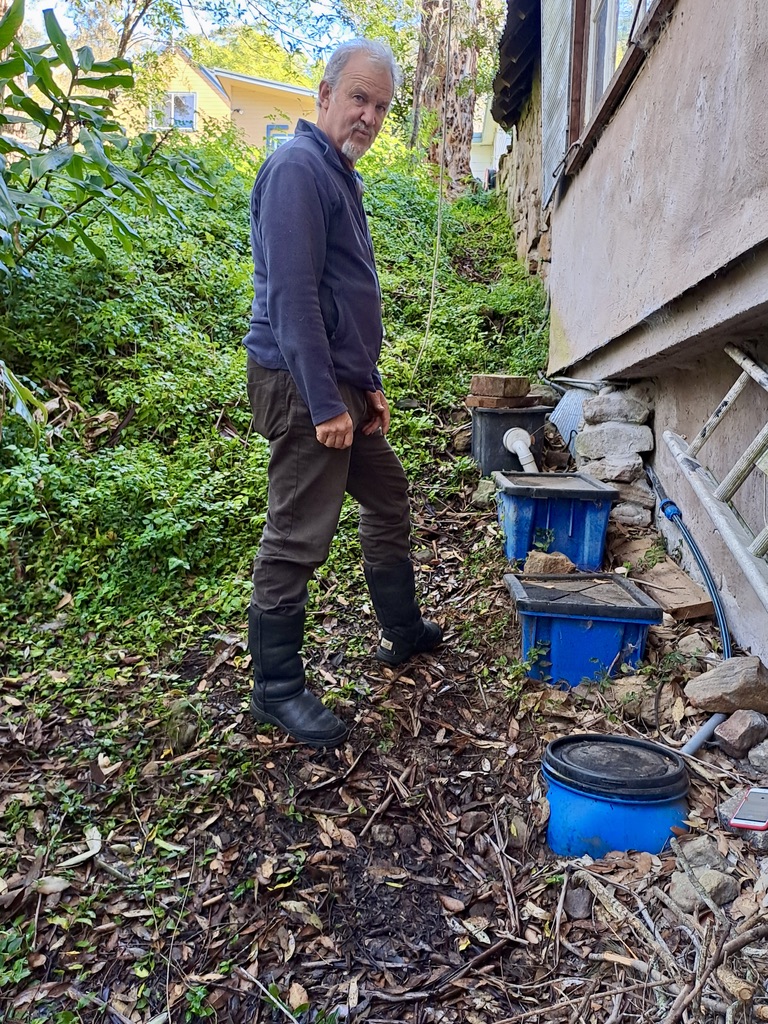
“This is a simple worm system for managing wastewater.”
“The waste goes into the first box. I put organic material in it so it’s a living system and it filters from that box into the second one. I just add some carbon matter. It filters through there and down to a little pump well. In winter I get a slight fat build up but in summer that disappears so it’s kind of self-regulating. When the water goes back to the garden, it’s not laden with grease.”
Fire protection
“I’ve got basic fire protection with a hose ready to go and lines to sprinklers at each end of the studio. There’s also a pump.”
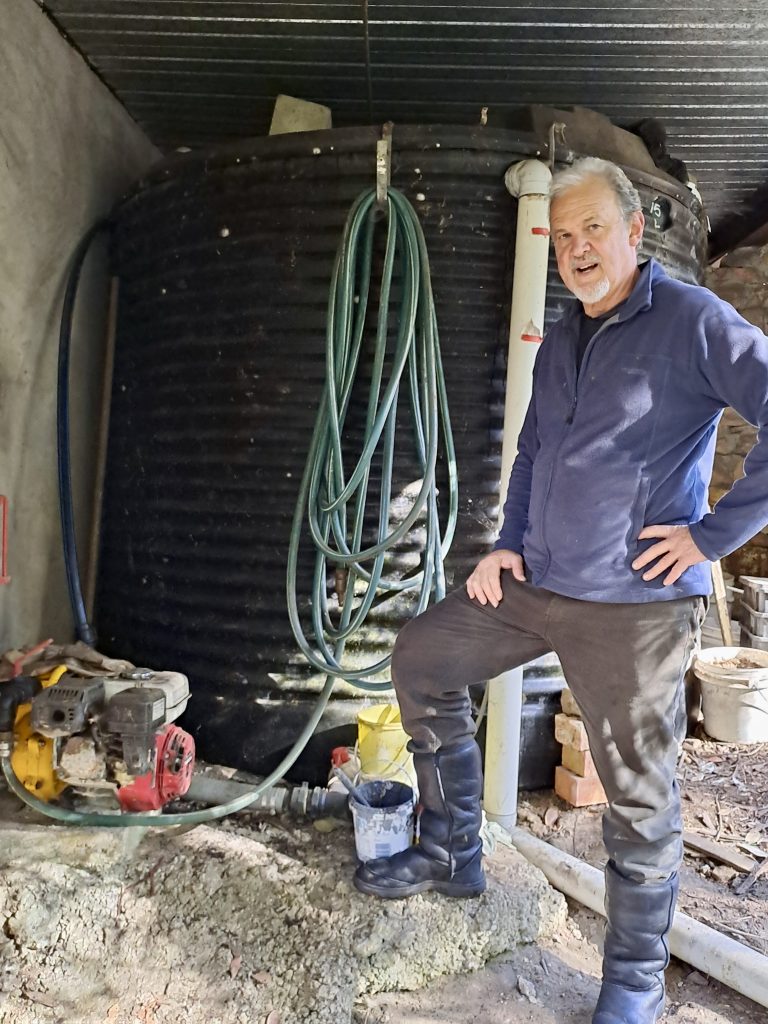
Fire protection set-up. “I’ve got lots of water, knowing that lack of stored water is often a big factor in houses getting lost in bushfire. I’ve currently got trees too close to the house so I will do some trimming before summer.“
A quiet, grounding place
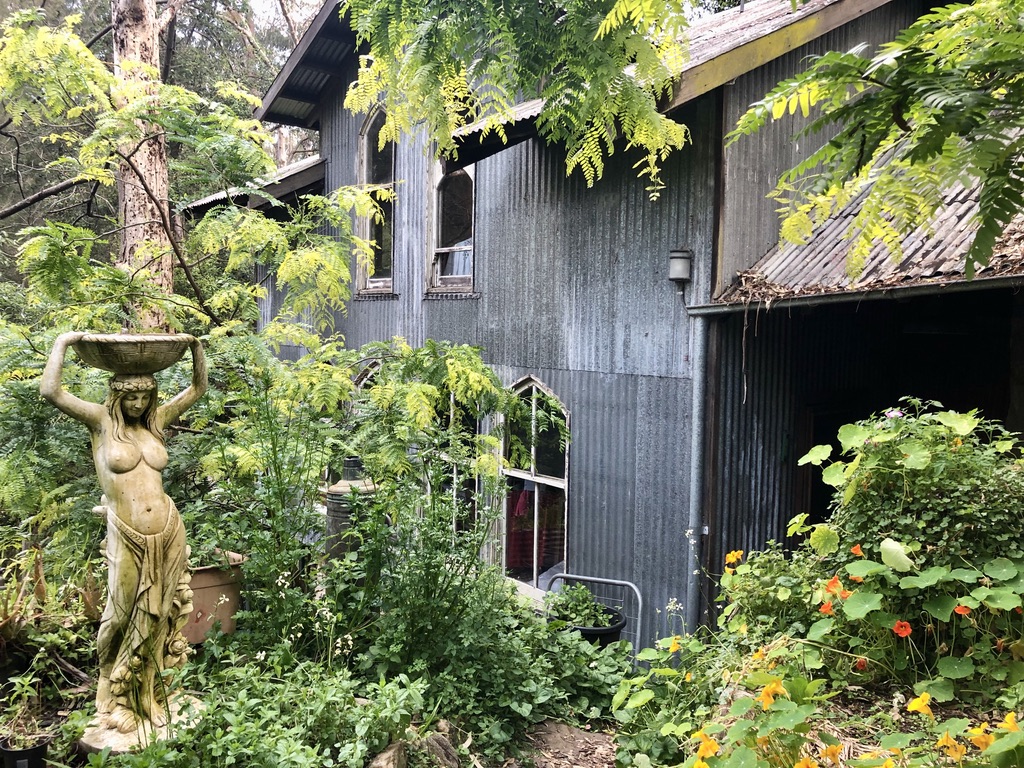
An earlier pic of the studio taken by Jonathan. In the foreground is a statue of Demeter, the ancient Greek earth goddess.
“People have said to me over the years it would be great living here. I have to agree and I’m grateful for its simple pleasures.
Being philosophical, I’ve said if I could live in my own skin, I reckon I could live anywhere. But place does matter. Sometimes at the end of the day you get this beautiful soft light coming through the trees.
To be here is satisfying. I enjoy being close to the trees and the birds.
Through my storytelling and living here, things shifted for me. I can still get melancholy, but I don’t get the depression I used to get. It has gone. It hasn’t been an easy path, but it’s been a meaningful one.”
You can learn more about Jonathan’s storytelling at his website.
This story has been produced as part of a Bioregional Collaboration for Planetary Health and is supported by the Disaster Risk Reduction Fund (DRRF). The DRRF is jointly funded by the Australian and New South Wales governments.
